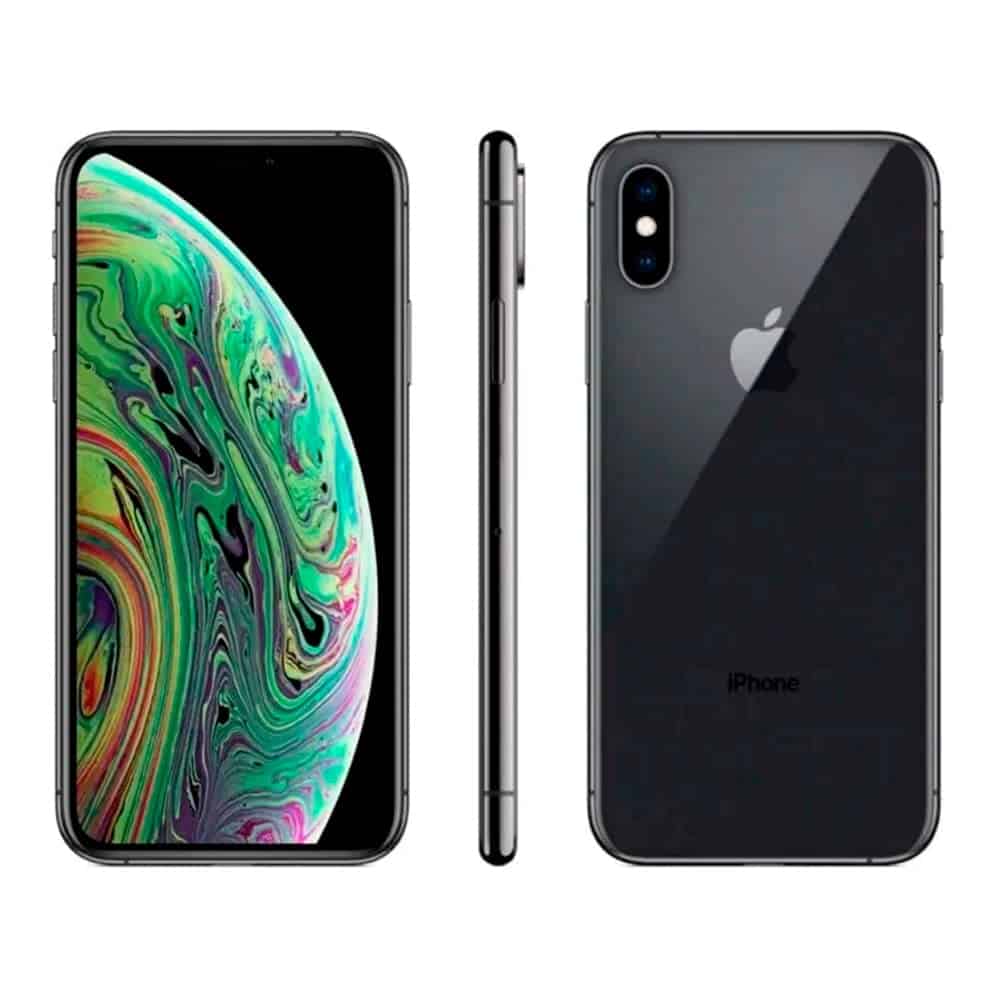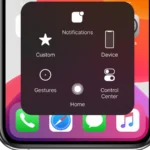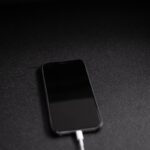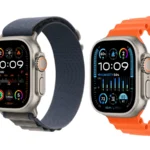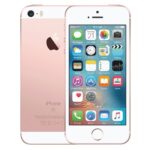When comparing Apple’s iPhone XS to the iPhone SE, potential buyers are often looking at two key aspects: the design and the internal specifications. The iPhone XS boasts a more premium look with its stainless steel frame and dual-camera system, whereas the iPhone SE offers a compact and familiar design reminiscent of the beloved iPhone 8. Both phones cater to different user preferences, with the iPhone XS positioned as a more high-end option and the iPhone SE aimed at those seeking a smaller, more affordable iPhone without compromising on processor power.
Performance is another deciding factor. The iPhone SE, despite its more modest appearance, packs a powerful punch with the same chip found in later iPhone models. It delivers a performance that can keep up with newer models, making it an excellent value for its price. The iPhone XS, whilst powered by an older chip, still maintains a smooth and responsive experience. It adds enhanced features such as a higher-resolution screen and advanced camera capabilities.
Deciding between the two models comes down to individual needs and preferences. Users should consider what they value most in a phone before making a choice. Whether it’s the sophisticated features of the iPhone XS or the classic design and solid performance of the iPhone SE, both phones offer distinct advantages.
Making the Right Choice: XS or SE?
Key Differences in Design and Display
| Feature | iPhone XS | iPhone SE (2nd gen) |
|---|---|---|
| Display | 5.8-inch OLED Super Retina HD | 4.7-inch Retina HD LCD |
| Size & Weight | 143.6 x 70.9 x 7.7 mm, 177 g | 138.4 x 67.3 x 7.3 mm, 148 g |
| Design | All-screen, stainless steel frame | Home button, aluminum frame |
| Colors | Silver, Space Gray, Gold | Black, White, (Product)RED |
The iPhone XS boasts a larger, vibrant OLED display, offering deeper blacks and richer colors. It has a sleek, all-screen design with a stainless steel frame. The iPhone SE, on the other hand, has a smaller, more classic design with a Home button and Touch ID.
Performance and Camera Capabilities
| Feature | iPhone XS | iPhone SE (2nd gen) |
|---|---|---|
| Chip | A12 Bionic | A13 Bionic |
| Rear Camera | Dual 12MP (wide and telephoto) | Single 12MP (wide) |
| Front Camera | 7MP TrueDepth | 7MP |
| Video Recording | 4K up to 60fps | 4K up to 60fps |
The iPhone SE surprisingly houses a newer A13 Bionic chip, offering slightly faster performance for everyday tasks. However, the iPhone XS has the advantage of a dual rear camera system, enabling 2x optical zoom and Portrait Mode effects.
Other Notable Features and Price
| Feature | iPhone XS | iPhone SE (2nd gen) |
|---|---|---|
| Face ID | Yes | No (Touch ID) |
| Water Resistance | IP68 (deeper) | IP67 |
| Battery Life | Up to 14 hours video playback | Up to 13 hours video playback |
| Price (starting) | Discontinued, prices vary on resale market | From $399 (new) |
The iPhone XS offers Face ID for secure unlocking and payments, slightly better water resistance, and a tad more battery life. However, it’s no longer available new, making the iPhone SE a more budget-friendly option for those who prefer Touch ID.
Making Your Decision
Choose the iPhone XS if you prioritize a larger, more vibrant OLED display, dual camera system, and Face ID. Opt for the iPhone SE if you prefer a compact design with Touch ID, a newer chip, and a more affordable price.
Key Takeaways
- The iPhone XS features a premium build quality and advanced camera system, while the iPhone SE has a familiar design with powerful internals.
- Each phone’s performance caters to different needs, with the iPhone SE providing great value and the iPhone XS offering luxury features.
- Users should base their decision on personal preference for design, camera quality, and performance versus price.
Design and Build Quality
When comparing the iPhone XS with the iPhone SE, design and build quality are evident differentiators. These devices showcase Apple’s commitment to combining form and function with their sleek designs and robust builds.
Dimensions and Weight
The iPhone XS features dimensions of 143.6 x 70.9 x 7.7 mm and weighs 177 grams. In contrast, the iPhone SE is more compact, with its dimensions and weight not specified in the search results, so one would need to consult official specifications for exact numbers.
Materials and Durability
Both the iPhone XS and the iPhone SE boast a glass front and back, ensuring a premium look and feel. The iPhone XS has a stainless steel frame, offering a more deluxe finish compared to the aluminum frame of the iPhone SE. Each phone is built to last but they bring different levels of sophistication to the table. The durability factor is further enhanced by their resistance to water; the iPhone XS carries an IP68 classification, affirming its waterproof capabilities.
Aesthetic Variations
The iPhone XS is available in colors such as silver, space gray, and gold, offering a variety of choices to fit personal preferences. The iPhone SE, however, provides its own unique selection including black, white, and red, catering to those who prefer classic shades or a pop of color. Each model’s color variants maintain the integrity of Apple’s design ethos, appealing to differing tastes in aesthetics.
Technical Specifications and Performance
In this section, we compare the technical specifications and performance aspects of the iPhone XS and iPhone SE, focusing on display, processor speed, camera quality, and battery life.
Display and Visuals
iPhone XS features a 5.8-inch OLED display with a resolution of 2436 x 1125 pixels and a pixel density of 458 PPI. It supports HDR10 and offers deep blacks and vibrant colors. On the other hand, the iPhone SE uses a 4.7-inch IPS LCD with a resolution of 1334 x 750 pixels and a pixel density of 326 PPI, which results in good color accuracy but less contrast than the OLED on the XS.
Processing Power and Speed
At the heart of the iPhone XS is the Apple A12 Bionic chipset, which ensures smooth performance across iOS. The iPhone SE is equipped with the newer Apple A15 Bionic processor, which offers faster processing speeds and better energy efficiency. Benchmarks such as Geekbench indicate that the A15 Bionic chip in the SE leads to quicker app launches and improved overall performance.
Camera Capabilities
The camera system on the iPhone XS includes a dual-lens setup with 12-megapixels, featuring a standard wide lens with an f/1.8 aperture and a telephoto lens with f/2.4 aperture, enabling 2x optical zoom. The iPhone SE has a single 12-megapixel camera with an f/1.8 aperture. It lacks the telephoto lens and hence optical zoom, but it utilizes software to compensate for some photo quality aspects.
Battery and Charging
Battery life is crucial for usability. The iPhone XS comes with a 2658 mAh battery, while the iPhone SE features a smaller 1821 mAh battery. Despite the difference in capacity, the efficiency of the A15 Bionic chip in the SE can lead to comparable battery endurance. Both models support Qi wireless charging and fast charging through a USB connection, offering convenience and quick power-ups.

